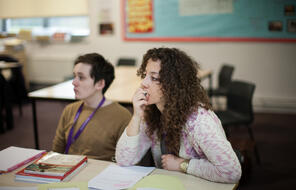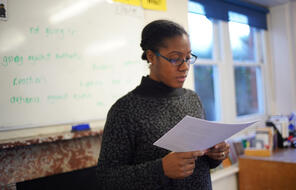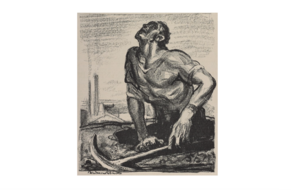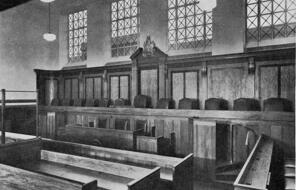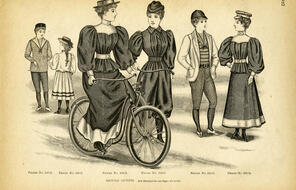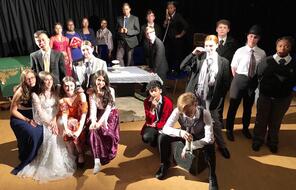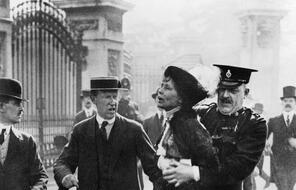
Exploring Social Inequality
Duration
One 50-min class periodLanguage
English — UKPublished
Overview
About this Lesson
In the previous lesson, students began to explore their own identities. After such personal reflection, it is important for them to look outwards and broaden their understanding of the relationship between the individual and society, exploring the impact that societal institutions, social categories and one’s identity can have on an individual’s life experiences and opportunities. This is important if they are to start to make connections between identity, society, and the impact of our individual and collective decisions and actions on others.
In this lesson, students will explore social inequality and consider the factors, societal institutions and social categories that contribute to such inequality. Such exploration will encourage them to understand the impact that social background and identity can have on opportunities, will lay the foundation for them to reflect on the continued relevance of the themes of An Inspector Calls, and will help them make links between the play, modern society, and their own lived experiences.
These topics may be difficult for some students to discuss, especially if they have been directly impacted by them. It is, therefore, essential to create a safe and reflective classroom, where students feel they can speak honestly about difficult issues without being judged or shut down by others, where they develop listening skills and the ability to hear perspectives different from their own, and where they learn to engage in constructive conversations. If you completed Lesson 1: Building a Classroom Community, the contracting lesson, we recommend that you review your classroom contract to remind students of its content. If you have not completed this lesson, then it is important to do so before moving forward with this scheme of work. When discussing sensitive topics, it is vital to communicate to students that they do not need to share information about themselves and their experiences that they do not feel comfortable sharing: they should always have a choice about what they do or don’t divulge.
Preparing to Teach
A Note to Teachers
Before teaching this lesson, please review the following information to help guide your preparation process.
Lesson Plans
Activities
Materials and Downloads
Quick Downloads
Download the Files
Exploring Social Inequality
Exploring Where I'm From
Priestley's World and the World of the Play
Unlimited Access to Learning. More Added Every Month.
Facing History & Ourselves is designed for educators who want to help students explore identity, think critically, grow emotionally, act ethically, and participate in civic life. It’s hard work, so we’ve developed some go-to professional learning opportunities to help you along the way.
Exploring ELA Text Selection with Julia Torres
On-Demand

Working for Justice, Equity and Civic Agency in Our Schools: A Conversation with Clint Smith
On-Demand

Centering Student Voices to Build Community and Agency
On-Demand




